When its time to update your kitchen, even little projects can have a huge impact.
If you don’t have the desire to do a complete remodel, even something simple like changing out your flooring can set the stage for an entire new look. A dulling vinyl switched to a beautiful tile, for instance, can add appeal and value to your kitchen area.
Typically people choose tile in the kitchen for two reasons: it looks great and its one of the easiest flooring to maintain. If you have dogs and cats, or children of any age, maintenance is a big deal. With tiling, whatever they can dish out, your floors will take and keep looking great in the process.
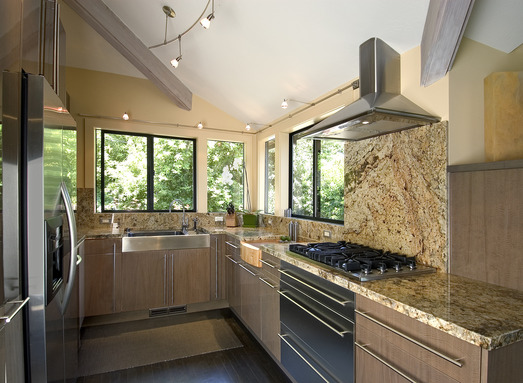
Your first task when choosing kitchen tile will be to decide what type of tile to install: stone or ceramic. Stone is a natural product that is taken directly from the earth. The three most common types of stone are granite, marble and limestone, with granite being the hardest.
In all circumstances, stone is a porous product, which means it is easily stained in its natural form. In order to resist staining and discoloring, you will have to seal and maintain it over time to keep its beautiful, natural look. Because the color runs all the way through, scratches won’t expose a different color. Yet the more polished the surface is, the more it will show marks and scratches. Something to keep in mind when installing on walls and countertops.
Ceramic tile is made from clay either sun baked or dried in a kiln. There are hundreds of options when it comes to choosing clay, each with their own characteristics and performance. Color is applied as a glaze at the time of sealing, so every color you could ever want is an option. Because color is surface only, it will show scratches that move through the color and down into the clay itself.
What tile is best for you and your family is usually based on personal preference, and ultimately your lifestyle.
- Do you entertain a lot?
- Do you have pets, children and all ages moving in and out of the kitchen daily?
- Do you have large windows with lots of light?
- Do you want easy maintenance?
With so many choices, its easy to find the perfect style for you. Yet the key is to listen to advice as you are making your final selection. Many clients have come in and chosen with their hearts, only to be disappointed because of the maintenance required – something they weren’t expecting. If maintenance is a big deal – bigger than the final look – make sure you make a selection that fits your lifestyle first. With so many choices, you can find the perfect look and make your home liveable at the same time.

For all of your Denver Hardwood Flooring needs visit our site today.
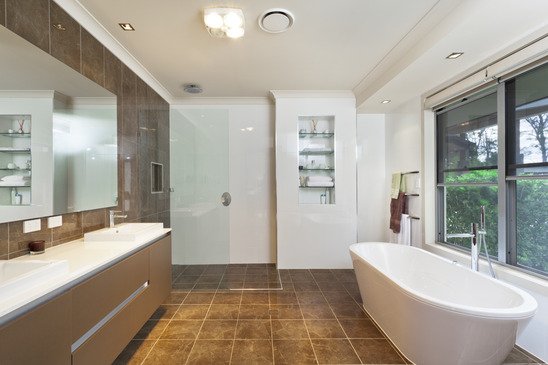
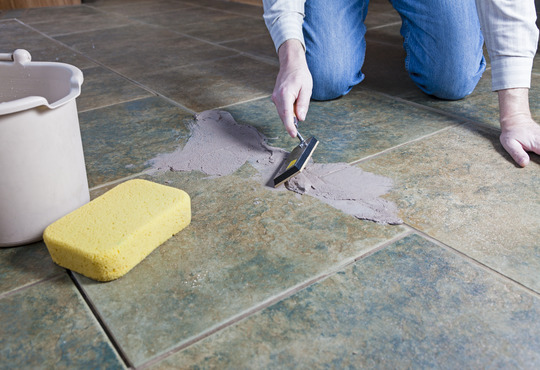
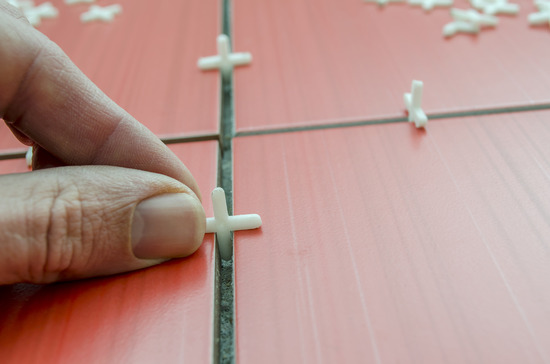
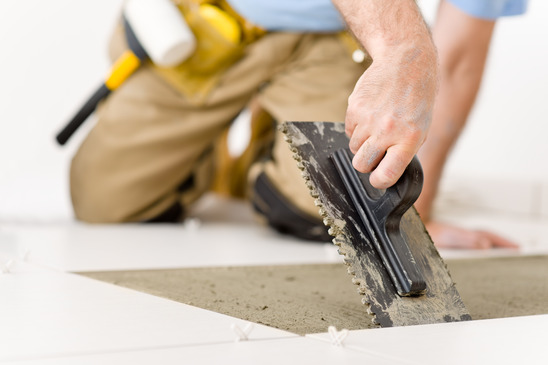
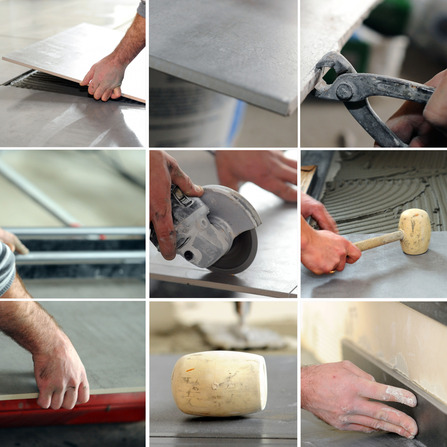 While tiles add a modern touch, it can be difficult to know which tiles to use inside and which ones to use outside of your home. If you choose the wrong tile, your floor could be vulnerable to corrosion and damage because of the conditions. Not everything can take the drastic temperature changes our Denver weather brings.
While tiles add a modern touch, it can be difficult to know which tiles to use inside and which ones to use outside of your home. If you choose the wrong tile, your floor could be vulnerable to corrosion and damage because of the conditions. Not everything can take the drastic temperature changes our Denver weather brings.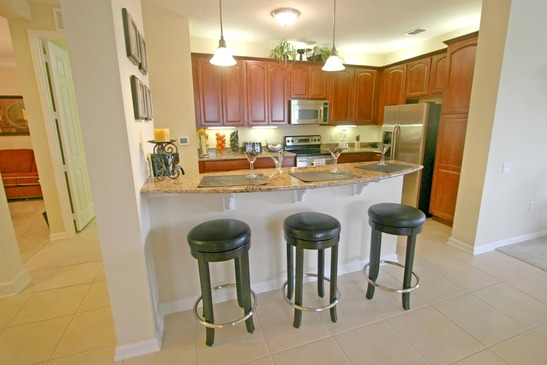 Modern tile designs have the capabilities to add lovely color, interesting patterns, and unique textures to the interior of your home. There are many types of and sizes of tile designs, and prices vary as well. To help you in your tile design selection, here are some interior design trends for using tile in 2014:
Modern tile designs have the capabilities to add lovely color, interesting patterns, and unique textures to the interior of your home. There are many types of and sizes of tile designs, and prices vary as well. To help you in your tile design selection, here are some interior design trends for using tile in 2014: Low Maintenance
Low Maintenance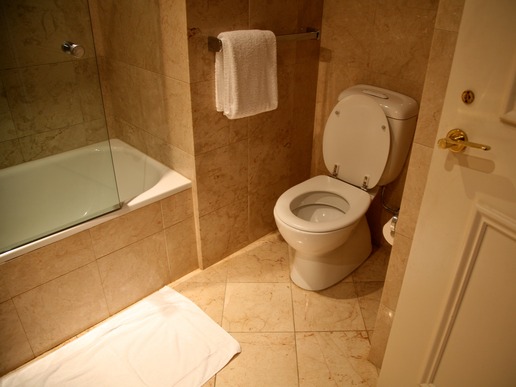 In the flooring profession, the word “tenting” is one of the most feared words. If a bathroom tile is installed incorrectly, tiles can press up against one another until they pop up from the floor, causing a tent shape. And while tenting can occur anywhere in your home – almost every material in your home expands and contracts with time – the bathroom tends to be one of the worst places because of the temperature variation its subjected to.
In the flooring profession, the word “tenting” is one of the most feared words. If a bathroom tile is installed incorrectly, tiles can press up against one another until they pop up from the floor, causing a tent shape. And while tenting can occur anywhere in your home – almost every material in your home expands and contracts with time – the bathroom tends to be one of the worst places because of the temperature variation its subjected to. It’s durable. Porcelain tile is both harder and denser than many other ceramic tile products, making it extremely durable. If installed properly, it can last a lifetime!
It’s durable. Porcelain tile is both harder and denser than many other ceramic tile products, making it extremely durable. If installed properly, it can last a lifetime!